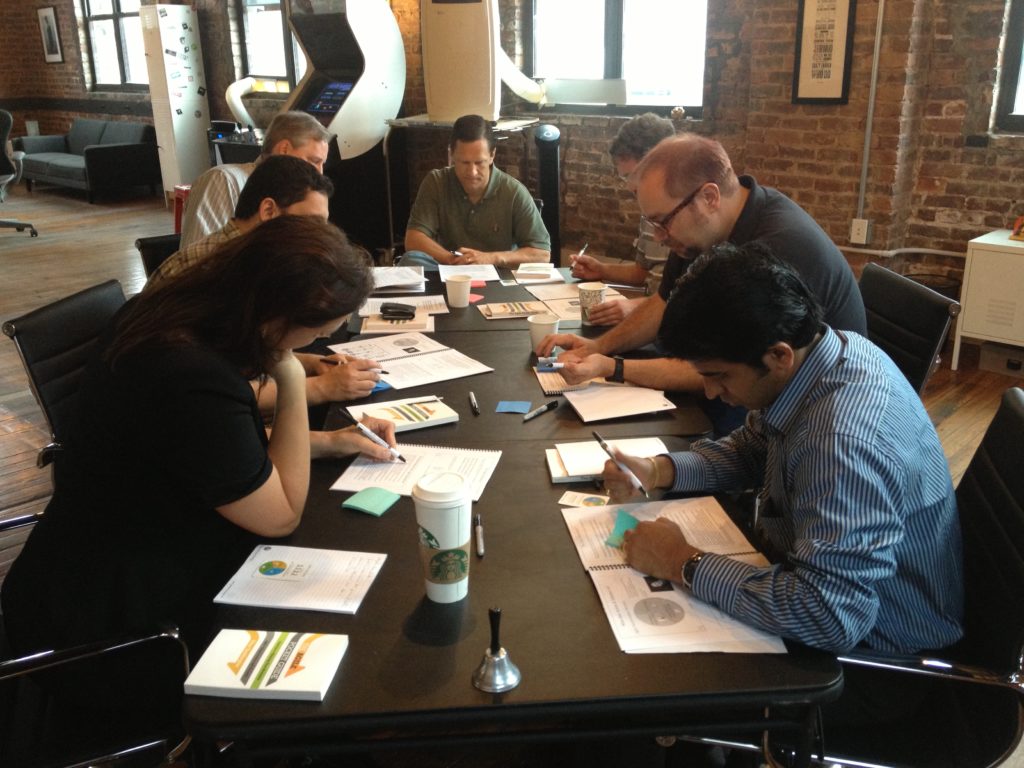End of Sprint 2 of My Writing Experiment (Why Tools are Still Important)
My two-week trial of Ulysses ends tomorrow. I already know what I’ll be doing! Against all odds, Ulysses has successfully ingrained itself into my workflow. I’ve written more in the past two weeks than I have in the past six months! So, of course, I’ll be purchasing a license.
 This past week made me remember something important about the Agile Manifesto. The first value is “Individuals and interactions over processes and tools.” I remembered the word “over” is not the words “instead of.” The distinction is critical. We still need processes and tools, but they don’t override the interactions. For me, Ulysses is a tool that spurs my interactions with others. The tool doesn’t decide what I do, but it does make it easier to do whatever I choose. Processes and tools should make it easier to be successful, not be a hindrance to our success. A complicated process should have a reason for being complicated. For example, a complicated process to ensure the safety of an implanted medical device may be warranted. A detailed process for changing a font on a web page may not make as much sense.
This past week made me remember something important about the Agile Manifesto. The first value is “Individuals and interactions over processes and tools.” I remembered the word “over” is not the words “instead of.” The distinction is critical. We still need processes and tools, but they don’t override the interactions. For me, Ulysses is a tool that spurs my interactions with others. The tool doesn’t decide what I do, but it does make it easier to do whatever I choose. Processes and tools should make it easier to be successful, not be a hindrance to our success. A complicated process should have a reason for being complicated. For example, a complicated process to ensure the safety of an implanted medical device may be warranted. A detailed process for changing a font on a web page may not make as much sense.
Tools are also a choice to be made. I often hear specific tools cost too much, so teams aren’t allowed to purchase those tools. Purchasing decisions are something each company needs to look at in its context. I generally follow a rule I learned a long time ago: an artisan will always use the best tools they can afford. Saving money on tools often costs far more in the long run! If you have followed my last few messages on this topic, you likely noticed that I never had price enter into my decision. In fact, I didn’t know how much Ulysses cost until yesterday! Finding the right tool for the job I wanted to do was more important than the price. Of course, if the price was one hundred times higher, then I may have had to reconsider my options. It may not have been a tool I could afford at that price. Always look at the benefits tools bring, before looking at the price. Then see if the return on investment makes sense.
Individuals and interactions over processes and tools does not mean processes and tools should be avoided. It means their use should fit in naturally with the individuals and interactions. If the processes and tools drive more and better interactions, that’s great. If the processes and tools drive what people do and impede having quality interactions, that is not the right process and/or tool to use.
Enough on processes and tools. Let’s wrap this up by seeing how I did on my sprint backlog for this sprint:
- publish two blog entries – √
- send a long-form email – √
- create a useful PDF – √
- design a folder structure in Ulysses to mimic my workflow and writing needs – √
- formalize timing of Scrum events for each sprint – √
This update will be the last I’ll give on my writing experiment. Instead, you will see more useful content from me – everything from helpful insights to things that are meant to make you laugh.
I hope you’ve taken on the challenge of having a project for your self-improvement in 2021. I know this one has already changed how I feel about my work!





Responses